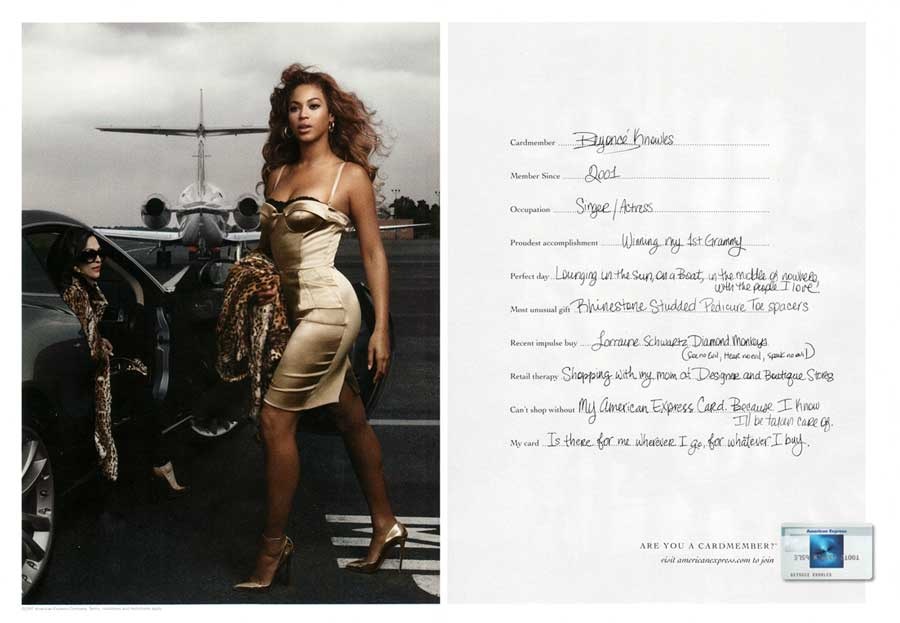
Updates from the Partnership: Workshop, Instagram Contest, Quizlet & More!



Summer 2014, the McGill students are back. Yuliya, McGill PhD Candiate, and Carol Rose, beginning her doctoral studies at Cornell University in the fall, will both be traveling to Listuguj for their second and third summers, respectively. Douglas Gordon, an undergraduate in the linguistics department, will also be joining them after having been awarded the McGill Arts Scholarship.
The team plans to continue projects like the wiki, language-learning software, and research.
New possibilities for summer 2014 are the following:

Surveys for students of Mi’gmaq, but less AMEX-y and more language-y
Please comment with thoughts about this below. All input is greatly appreciated!
There have been some recent developments on the Mi’gmaq grammar wiki. These include the addition of two new pages.
One new page in the works is a subpage of the Mi’gmaq tense page. In light of the recent presentation at the 45th Algonquian Conference (Little, 2013), I have created a new page on Evidentiality in Mi’gmaq. Evidentiality is the grammatical marking of information source. This page includes an overlay of the evidentiality system in Mi’gmaq. This page indicates that are two clear evidentiality markers–direct and indirect. The direct evidentiality marker is used for information that the speaker is certain about or has witnessed firsthand. The indirect marker is used for when the speaker is unsure of the information or when he has witnessed this second-hand. It is also used in questions in the past tense. Nota bene: this page is still under construction! Stay tuned for more!
I have also included a page devoted to Conversational Mi’gmaq. This page has the essentials of Mi’gmaq conversation, i.e. from hello/goodbye to what is your name/where are you from, and how to respond to such questions. This page can be found from the main page of the wiki. This section, too, is still under construction. The intended use for this page is for those interested in getting a jump-start in their Mi’gmaq learning. Knowing these phrases will help anyone wanting to learn ‘nnueiei tli’suti [the Native language]!
As the wiki is always under new developments, any suggestions, corrections or advice will always be greatly appreciated. So please do not hesitate to comment if you see any mistakes or if you would like to see a certain topic addressed!
Let’s Learn the Native Language – ‘Nnu’gina’masultinej!
MaryAnn just launched the Facebook page ‘Nnu’gina’masultinej. There are a wealth of references to help learners improve their Mi’gmaw. Pictures from her classroom as well as grammatical explanations will be updated throughout Mi’gmaw classes. Stay tuned for more information. We invite everyone to like and follow it! ‘Nnugina’masultinej!
Since we’re getting a lot of work done with the LingSync application* from the programming side of things, we decided it was high time we start using it the way it was intended to be used; as a database making it easier for us to share data and collaborate.
As we’ve started putting in data, we’ve been laying down some conventions for us to follow in the rest of the database. This blog seemed like a good place to discuss the conventions we’ve established, and an even better place to debate new conventions for areas we haven’t fully fleshed out yet (verbs…).
All of this information and more is stored also on the specific wiki page for LingSync glossing: http://wiki.migmaq.org/index.php?title=LingSync_Glosses
Our general guiding principles are as follow:
As far as specifics go, there is more information on the wiki page itself (WordPress hyperlinks seem broken, here’s the address again http://wiki.migmaq.org/index.php?title=LingSync_Glosses ).
Please use the comments to discuss…
*(The LingSync extension can be found here: https://chrome.google.com/webstore/detail/lingsync/ocmdknddgpmjngkhcbcofoogkommjfoj )
If you have any questions, comments, or suggestions, please feel free to post them here (or if you are technically oriented, you can post on the github project page: https://github.com/mecathcart/Drag-and-Drop-FieldLinguistics/issues/milestones)! We really hope that this will be used by people who have previously found themselves frustrated by the obscurity of other web applications.
The Jilaptoq Mi’kmaw Language Center has useful interactive Mi’gmaq talking language posters and sample audio files. Note that this orthography is different from the Listuguj orthography (the use of ‘k’) and some words may have slightly different meanings. For example in the verb conjugation poster the conjugated verb is mijisi- which means ‘to eat’, but this is not used in Listuguj because of its similarities with another verb. The word used in Listuguj meaning ‘to eat’ is miji-. Nevertheless, the posters give helpful lessons for those wishing to improve in Mi’gmaq. For a comparison of the Francis/Smith and Listuguj orthographies with their IPA equivalents check here. Here is an additional list of Mi’gmaq orthographies that include contemporary and prior orthographies from the Mi’kmaq Spirit website. Another dictionary for Mi’gmaq is the Rand Micmac Dictionary. Here are some basic phrases provided by Waycobah First Nation School in Nova Scotia.